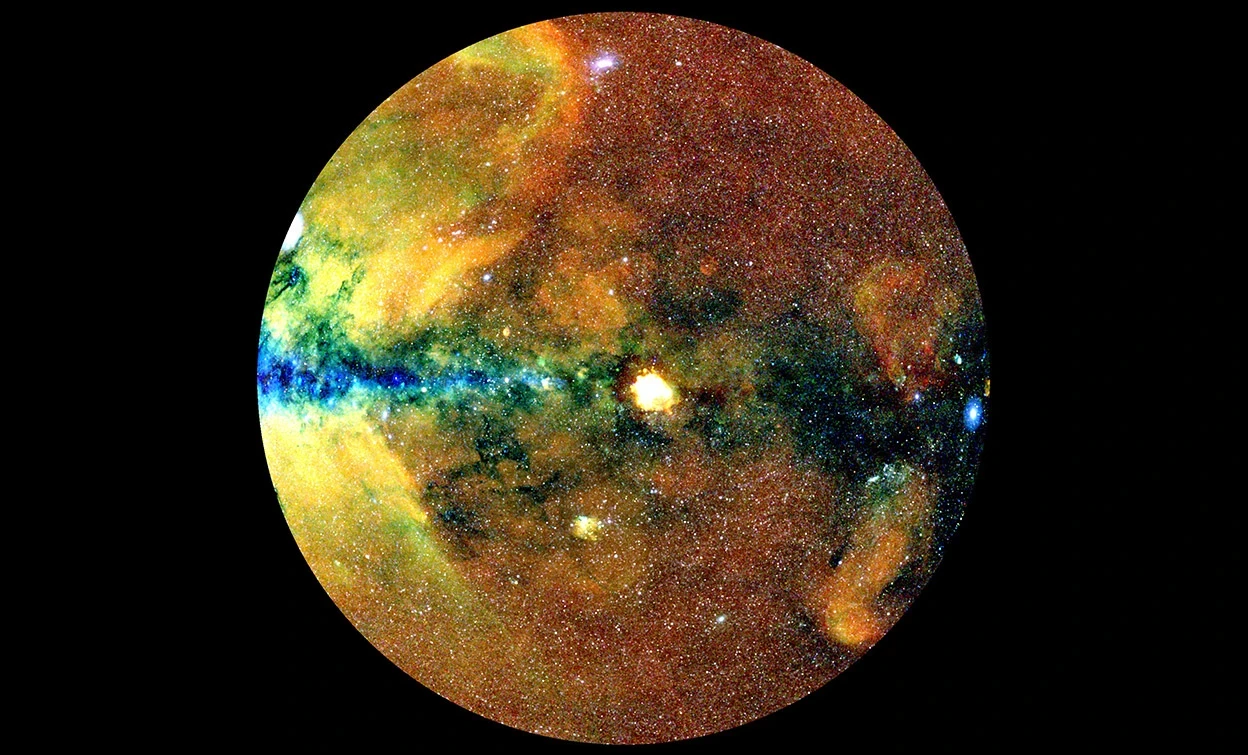201
40
Webb discovers neutron star within supernova remnant - NASASpaceFlight.com
(www.nasaspaceflight.com)
202
129
James Webb telescope spots potential conditions for life on 2 dwarf planets beyond Neptune
(www.livescience.com)
203
204
41
205
206
207
208
30
NuSTAR and NICER observe same radio burst, provide hints into nature of phenomenon - NASASpaceFlight.com
(www.nasaspaceflight.com)
209
210
211
109
A Mysterious Wave-Like Structure in Our Galaxy Found to Be Slowly Slithering
(www.sciencealert.com)
212
38
There may be a 'dark mirror' universe within ours where atoms failed to form, new study suggests
(www.livescience.com)
213
214
215
216
217
218
219
220
221
222
223
224
225
